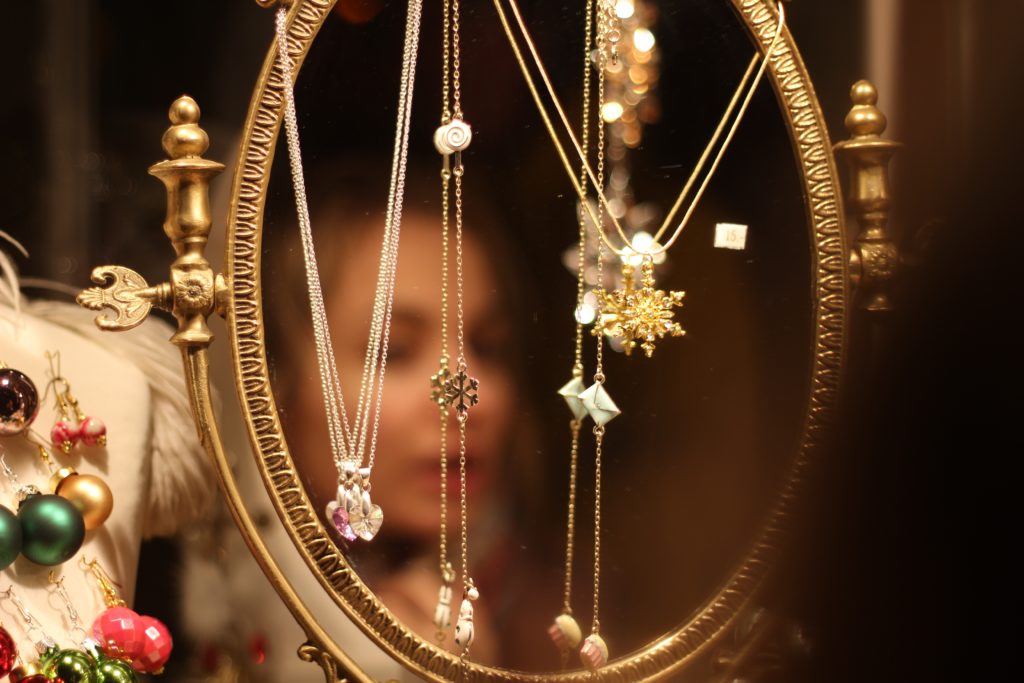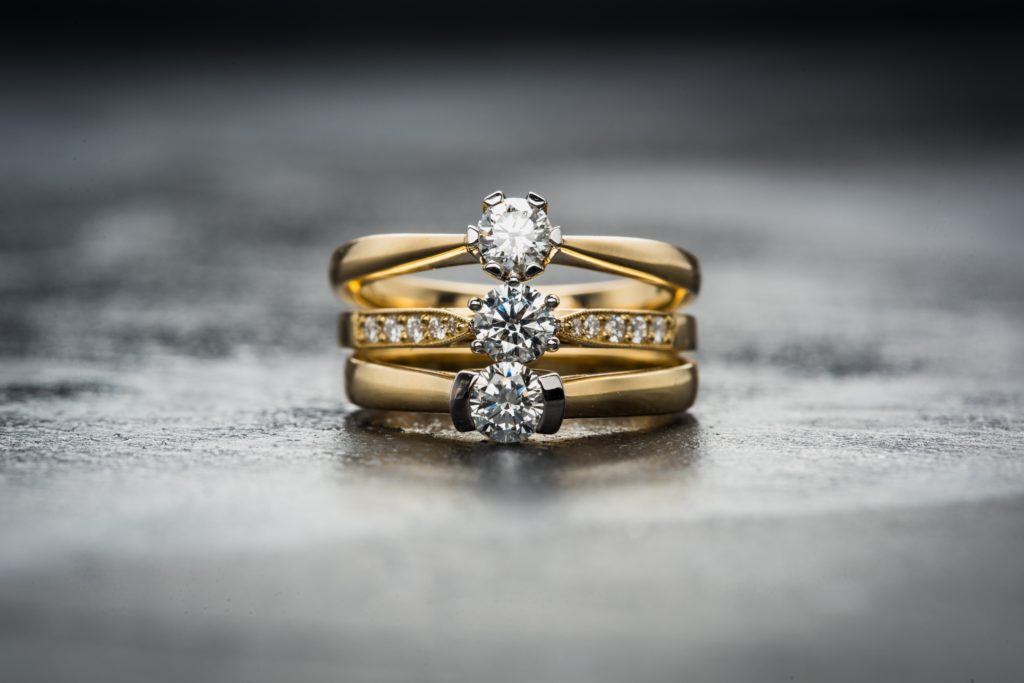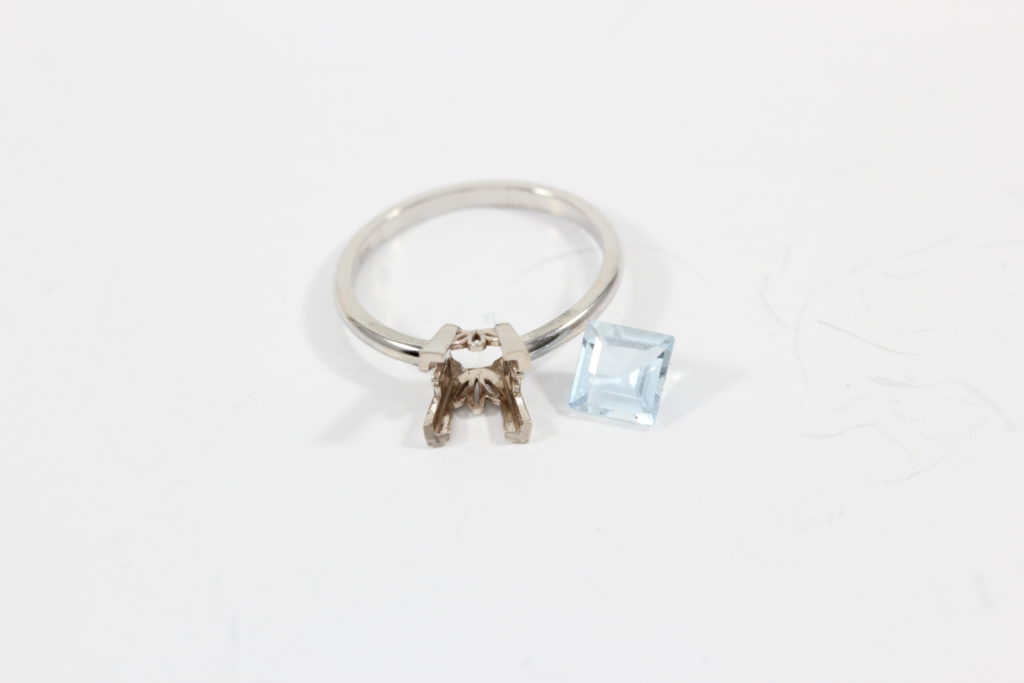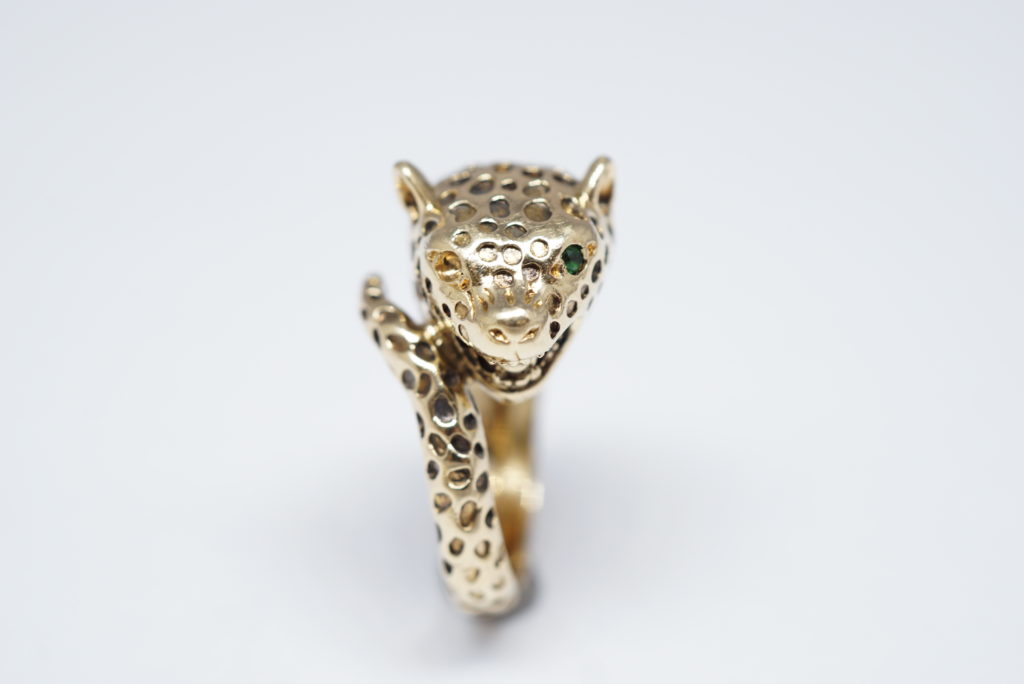How Do You Know if Your Jewelry is Made from Real Gold?
Written by Serena Norr
April 6, 2018

Could you spot a fake? While we would all like to think that we could, it's sometimes not as easy (or obvious) to the discerning eye. Gold jewelry, for example, has value for the actual piece of jewelry itself, but there is also value in it as scrap gold if the pieces are broken or otherwise unwearable. Testing to see if the gold is real can be a fairly easy process, and there are many different ways to go about doing it. Read on to learn more about this process:
Some Ways to Tell if if Your Jewelry is Made from Real Gold

1. Does Your Jewelry have a Hallmark?
An easy way to tell if gold is real is if there is a hallmark that tells you about the piece. The hallmark will indicate the karat weight (such as 14 or 24 karat), and a lot of jewelry pieces will have a stamp like this to indicate that the gold is real. This karat weight system can help indicate the amount of gold that is present in a piece. 24 karat gold is pure gold, whereas a lower karat indicates a fraction that represents the amount of gold in the piece. For example, something that is 10 karat gold would be 10/24 units of gold, meaning it’s less than half gold. Other systems use different markings that indicate the percentages in the form of a decimal, which can be easier to interpret.
Not all jewelry has these markings, so the absence of a hallmark does not always mean the piece is fake, but it can possibly be an indication. Sometimes if jewelry has been previously repaired or resized, these markings can be on the pieces that were removed or repaired so they may not be visible anymore or may be gone altogether.
It’s also important to note that some really good fake pieces of jewelry will even have a convincing fake hallmark or stamp, so even this method can be flawed. The best way to know for sure is to take it to a dealer or a repair specialist to have them inspect it.
2. Visually Inspect your Jewelry
Another way to visually inspect your jewelry is to see if there is any visible discoloration. If there is another color showing through (such as a copper or silver color) it is a good indication that your piece of jewelry is gold plated. Something that is solid gold will not experience this kind of discoloration due to the fact that there are not layers of other metals underneath the gold.
There are some tests that are better for pieces that are intended to be scrap gold. Nitric acid can be used on a fine scratch to see if there is a reaction. If there is no reaction, it means the gold is probably real. Certain reactions, such as a green or milky color can indicate that something is gold-plated or made of another type of metal. This can be dangerous to do on your own, so it is not recommended unless you have the right tools and protection. This method is only recommended for scrap pieces because it can leave marks behind, so it’s not a good idea to try this on jewelry that you want to keep for aesthetic reasons.
Gold is a very heavy metal, so if it’s placed into water it should sink to the bottom. Some fake gold is made of lighter metals, so it will float when placed in water. Seeing if your jewelry sinks is another good way to test if it’s real without risk of damaging the actual jewelry if it’s nice or delicate.
Gold is not magnetic, so another test you can do is holding your jewelry up to a magnet. If it is attracted to the magnet it is most likely fake. This test, however, is not always 100% accurate due to the fact that real gold can be mixed with more magnetic materials. A piece sticking to a magnet does not necessarily mean that the entire piece is fake, but that if there is real gold it’s likely mixed with something else. Pure gold will not be attracted to a magnet at all.
3. Conduct a Test
Another interesting test to try is known as the “liquid foundation test.” This test is not always the most reliable but it can be a fun one to try. If the gold is rubbed over liquid foundation, a black streak will be left behind if the gold is real. Sometimes, if someone has low iron, the gold can be rubbed directly on their forehead. Real gold will sometimes leave a black mark behind similar to the foundation test. While it doesn't always work, it’s an easy test to try at home if you have liquid foundation on hand.
A similar test to this can be done with an unglazed ceramic plate. You can scratch the surface of the plate with the jewelry and if it leaves a gold streak behind this means your jewelry is most likely gold. If a black streak is left behind, the piece is likely fake.
4. Have Your Jewelry Appraised
The best way to find out if your gold jewelry is real or fake is to bring it to a reputable appraiser, repair specialist, or dealer. Someone like this will have the right tools to be able to tell for sure whether your gold is real. If the aesthetic appearance of the jewelry is important, it’s a vintage piece, a family heirloom, or even if you’re just unsure of some of these tests, bringing the piece to a reputable dealer can be the best way to know whether or not it’s real without risking any damage to the piece itself.
We hope that this guide will help you to break down whether you have a real piece or gold or not. At Quick Jewelry Repairs, we have various appraisal services where we can determine if your piece is fake or not as well as its worth.



Thank you so much for sharing such a piece of useful information over here with us. This is really a great blog have you written. I really enjoyed reading your article. I will be looking forward to reading your next post.
moonstone jewelry
It’s a Very interesting and beautiful post. Thank you for sharing with us.